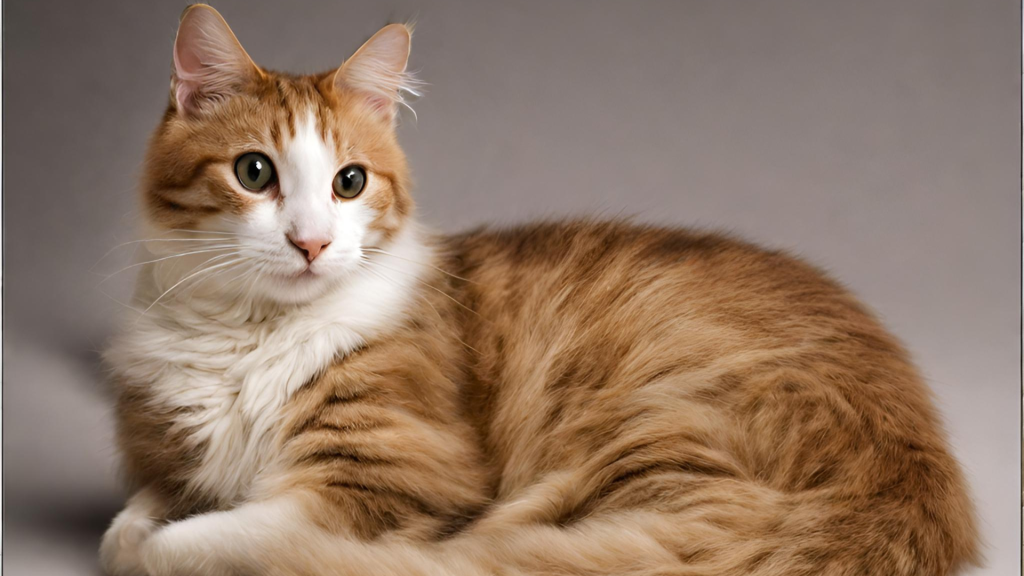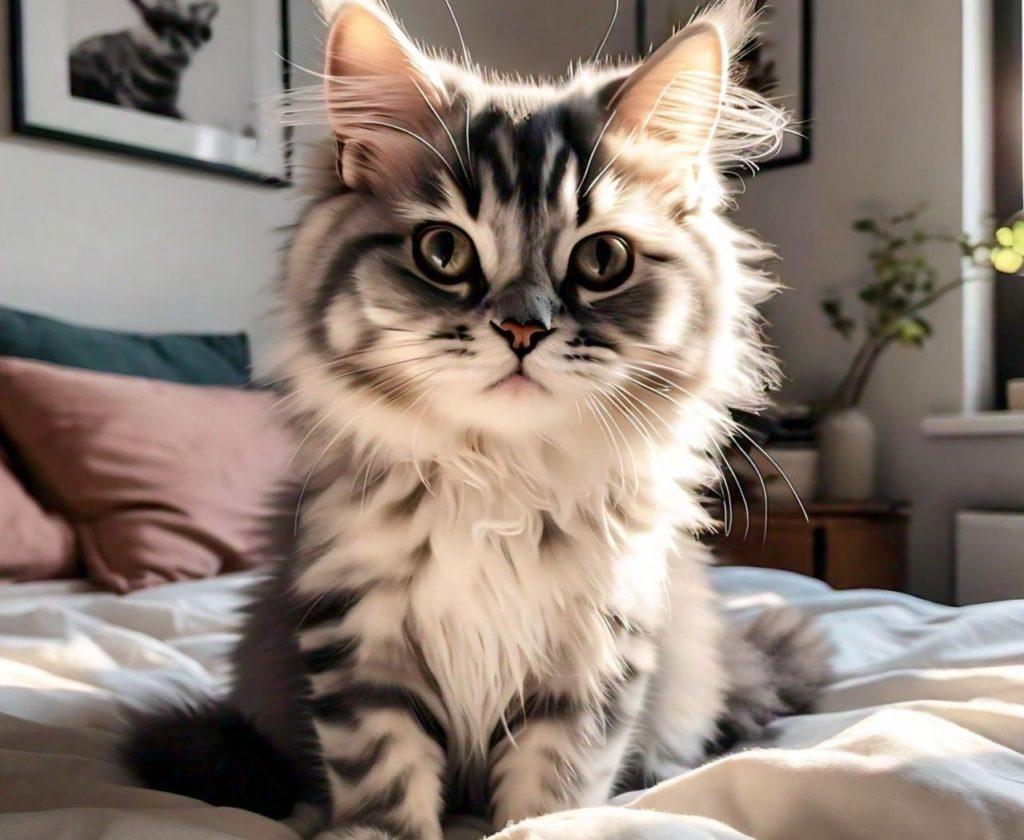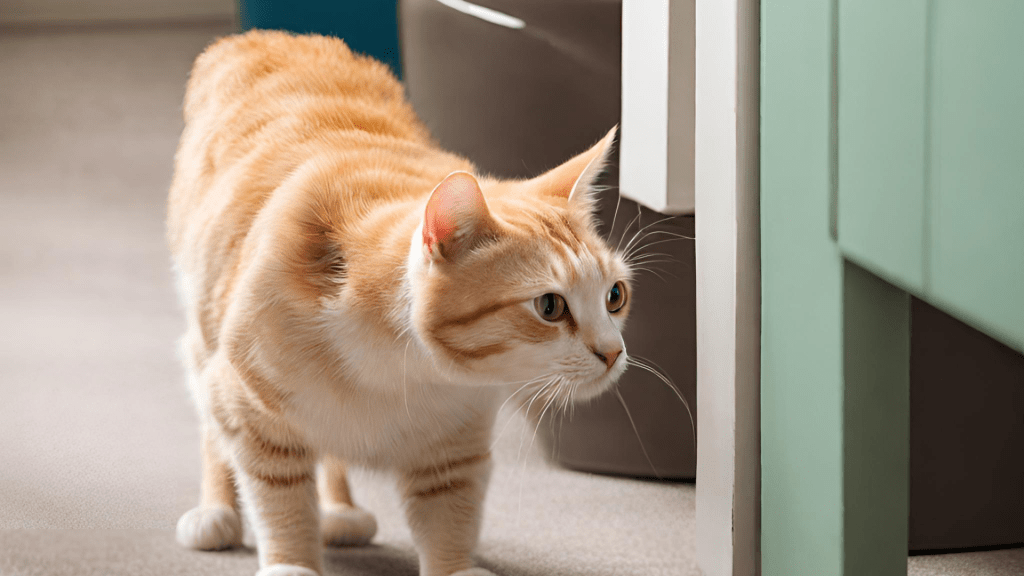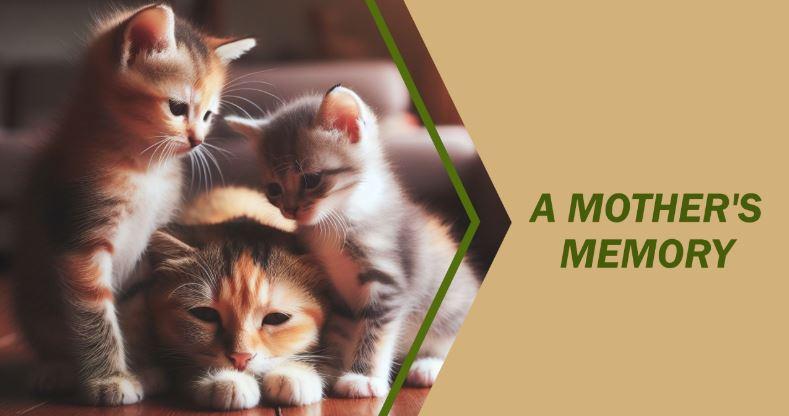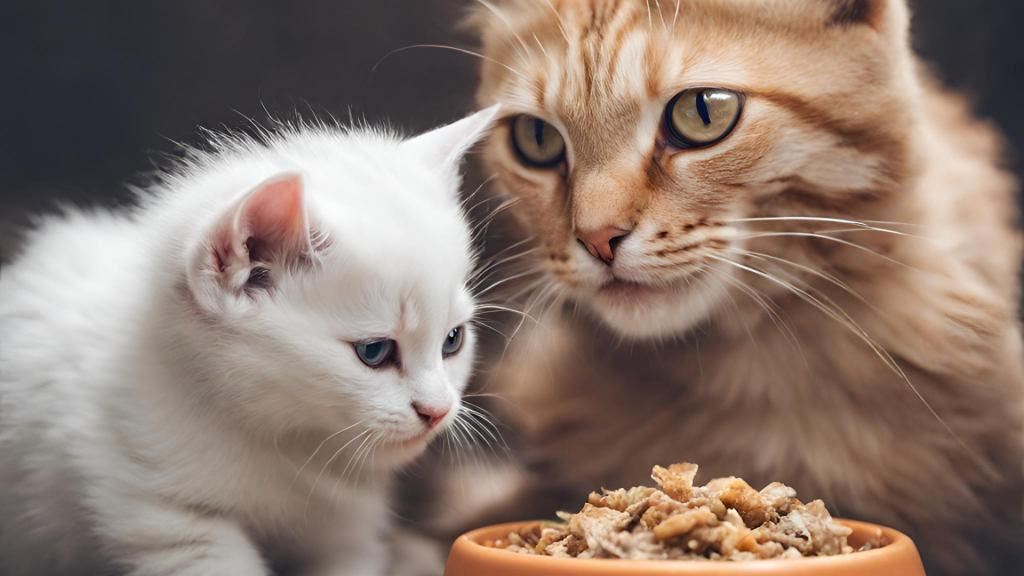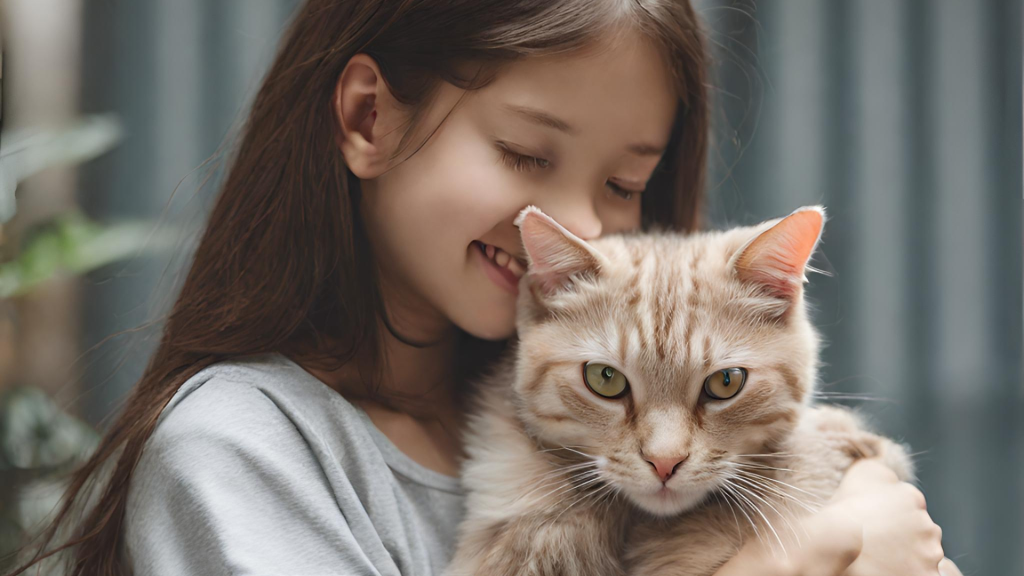
Hugging your arm and biting you is a classic cat-hunting move.
Because of their enigmatic and independent personalities, cats often baffle their owners with their actions. Hugging and biting is a bizarre yet widespread feline habit that many cat parents deal with. We’ll dive into the world of cat behavior. We’ll examine the motivations behind this seemingly paradoxical show of affection.
Understanding Cat Behavior
It’s important to comprehend the complex world of cat behavior. Do this before attempting to unravel the motivations behind cat bites and cuddles. Cats, in contrast to dogs, are noted for their nuanced communication styles. They often express their emotions through body language.
It’s common for cats to hug your arm and bite during play or as a form of affection. This behavior stems from their natural hunting instincts and social bonding. Learn more about understanding your feline’s actions in our detailed guide on Cat Health and Behavior.
The Significance of Cat Hugs
Hugging is a common method for cats to connect with their humans. Cats are known for their love of comfort. This is how they find comfort. Their natural want for warmth and security is the source of this behavior. This is reflected in the way kittens cuddle with their moms.
Cat hugs are a way for cats to get affection and attention and also to be comfortable. Your cat may be trying to communicate with you that it wants to be near you. It may also want to engage with you. This shows you that it trusts and loves you.
Decoding the Cat Bite
Even though cat hugs are typically connected to affection, the bites that follow can be confusing. It’s critical to distinguish between playful and violent bites. Playful biting is a common way for cats, especially kittens, to communicate and explore.
Cats may also use biting to mark their territory and assert their dominance. They prove their authority in the partnership and express boundaries by giving each other gentle bites.
Reasons Behind Cat Hugging and Biting
Cats are naturally playful animals, which helps to explain why your furry companion may bite or embrace you. Naturally predating animals, cats use play to sharpen their talents and keep mental stimulation.
Cats can also show their natural tendencies by biting and embracing. These behaviors mimic how they would interact with other cats in the wild. Understanding these actions will turn on you to interpret the messages your cat is attempting to send.
Common Triggers
The environment has a big impact on how cats behave. Unusual behavior can be triggered by routine disturbances, new additions, or changes in the home. Furthermore, hugging and biting habits can be influenced by an owner’s interactions with their cat, including petting methods and playstyles.
Lower stressors that could result in undesirable behavior. By being aware of these triggers, you can create a peaceful atmosphere for your cat.
How to Respond to Cat Hugs and Bites
Reading your cat’s cues is essential in responding appropriately to their hugs and bites. If your cat’s body language indicates playfulness, engaging in interactive play can redirect their energy positively. Positive reinforcement, like treats and praise, can strengthen the bond between you and your cat.
Consistency is key in training your cat to express affection without resorting to biting. Avoid encouraging behaviors that may escalate into aggression, and instead focus on fostering positive interactions.
Preventing Unwanted Behavior
To prevent unwanted behavior, give both mental and physical stimulation for your cat. Enrich their environment with interactive cat toys, scratching posts, and interactive play. Consistent training and positive reinforcement will help shape desirable behavior.
When to Be Concerned
Cat hugs and bites are often benign. but, it’s important to recognize when they show symptoms of hostility or distress. Consult a qualified veterinarian or animal behaviorist if your cat starts acting aggressively regularly. You should also seek advice if there are abrupt changes in their behavior.
Fostering a Healthy Relationship
Establishing a sound bond with your feline requires both comprehension and trust. Take care of your kitty friend’s specific requirements and preferences while you spend quality time with them. Hugs and kisses become more positive displays of affection due to positive interactions that strengthen the bond.
Cat Personalities and Variations
Individual cats within a breed may have different personalities and different cat breeds display distinctive characteristics. Understanding and appreciating your cat’s eccentricities can improve your capacity to react suitably to their behavior when you are aware of these variances.
Myths and Misconceptions
There are many misconceptions about cat behavior that lead to miscommunication. We’ll dispel popular myths and offer factual information to help you better understand and react to your cat’s behavior.
Enjoying the Quirks of Your Feline Friend
In the end, cats enrich our lives with happiness and companionship, and their peculiar habits contribute to their appeal. Accept your cat’s individuality, take pleasure in their displays of affection, and develop a solid relationship built on mutual respect and trust.
Conclusion
Gaining insight into your cat’s behavior and understanding why it cuddles and bites you is an exciting experience. You may transform these actions into constructive displays of affection and trust by reading their cues, reacting appropriately, and cultivating a strong bond between you and your partner.
FAQs
Is it normal for my cat to bite me during play?
Yes, playful biting is a common behavior in cats. It mimics how they interact with their littermates in the wild.
Should I be concerned if my cat hugs too tightly?
While some cats may prefer a snug hug, monitor for signs of discomfort. If your cat seems distressed, adjust your interaction accordingly.
Can I train my cat to stop biting altogether?
While complete elimination of biting is unrealistic, consistent training and positive reinforcement can help minimize unwanted biting behavior.
Why does my cat only bite me and not other family members?
Cats may have individual preferences for interaction. Observing your cat’s body language can provide insights into their unique behaviors.
When should I seek professional help for my cat’s biting behavior?
If your cat’s biting becomes aggressive and consistent, consult with a veterinarian. If other about behaviors go with the biting, consult an animal behaviorist.

